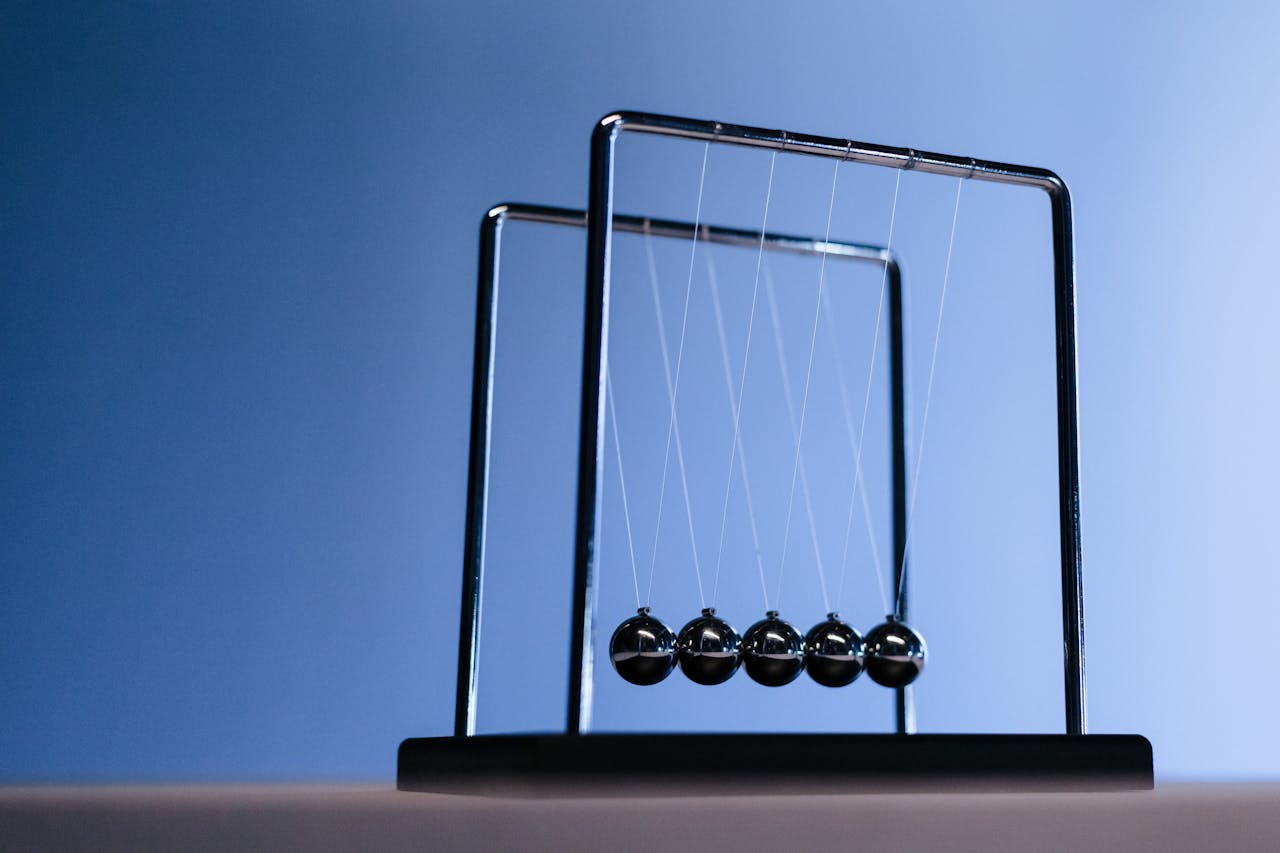Many of the things we use daily have surprising, and sometimes bizarre, origins. What seems like an ordinary item often has a history filled with unexpected twists, innovation, and cultural shifts. From ancient practices to accidental discoveries, the stories behind everyday objects tell us about how human ingenuity and society have shaped our daily routines. Here are twelve everyday things with surprising origins that might make you see them in a whole new light.
1. Umbrella

The modern umbrella, used primarily for rain protection, actually has its roots in ancient civilizations, where it was initially used as a sunshade. The word “umbrella” comes from the Latin word umbra, meaning shade or shadow. Ancient Egyptians, Greeks, and Romans used large, circular sunshades made of materials like papyrus and leather. It wasn’t until the 16th century that the umbrella became a rain shield, especially in Europe, after it evolved into a more portable, collapsible design.
2. Toothbrush

The toothbrush as we know it today has an origin dating back to the 15th century. The first toothbrushes were made using animal bones, bamboo, and hog bristles. The bristles were often attached to the handle with glue. Early versions of the toothbrush were used in China, with variations made by different cultures throughout history. It wasn’t until the 18th century that the first mass-produced toothbrush was created in Europe, with nylon bristles making their debut in the 1930s.
3. Paperclip
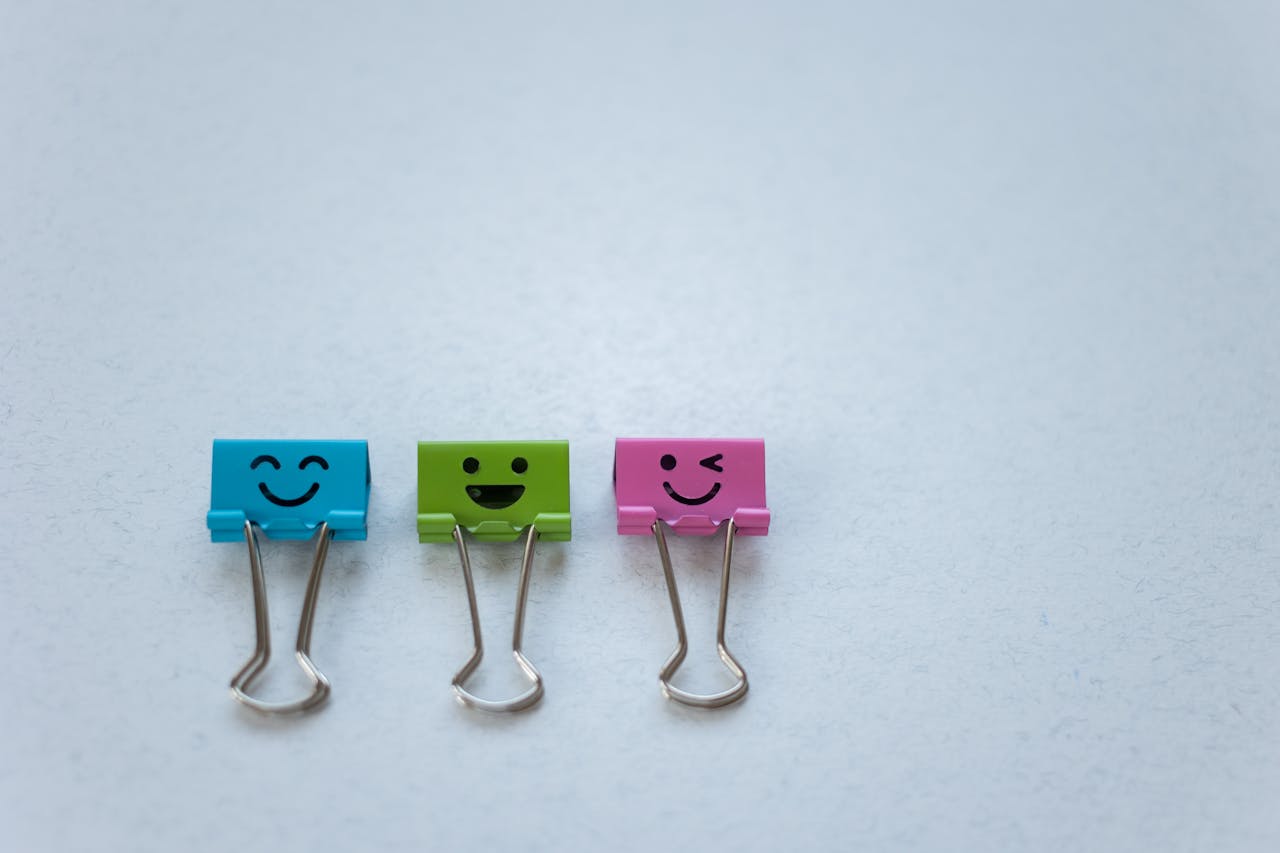
The paperclip, a simple yet essential office tool, was invented in the 19th century by Johan Vaaler, a Norwegian inventor. However, the paperclip wasn’t the first method used for fastening papers. Before the paperclip, people used pins, ribbons, or thread to bind documents. The design of the modern paperclip, with its double-looped shape, was patented by Vaaler in 1899, although he wasn’t the first to make the idea work. In fact, similar designs were already in use in other countries, making the paperclip’s true origins a bit murky.
4. Glasses

Eyeglasses, or spectacles, were invented in the late 13th century in Italy. They were originally designed to magnify text for those struggling with poor vision, particularly reading. Early spectacles consisted of simple convex lenses made of quartz and were held together with metal frames. It wasn’t until the 15th century that eyeglasses with temples (the arms that rest on your ears) were developed, allowing for a more practical design. In the 19th century, prescription lenses and the modern design of glasses began to take shape.
5. Jeans
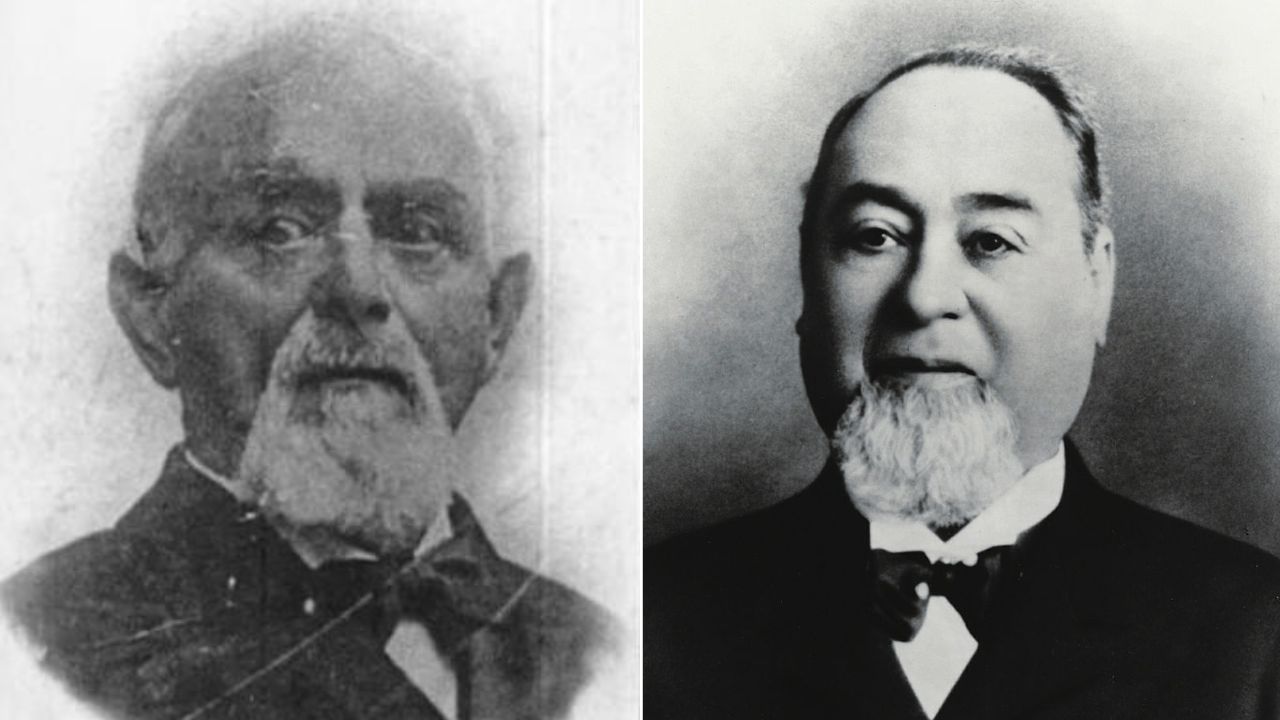
The origin of jeans can be traced back to the 19th century, where denim pants were first worn by miners in the American West. Originally made of denim, a durable fabric imported from France, they were designed to withstand the hard labor of gold miners and railroad workers. In 1873, Levi Strauss and tailor Jacob Davis patented the design of jeans with rivets to strengthen the pockets, creating the first pair of denim pants. Over time, jeans became a global fashion trend and have remained an enduring symbol of casual wear.
6. Ketchup
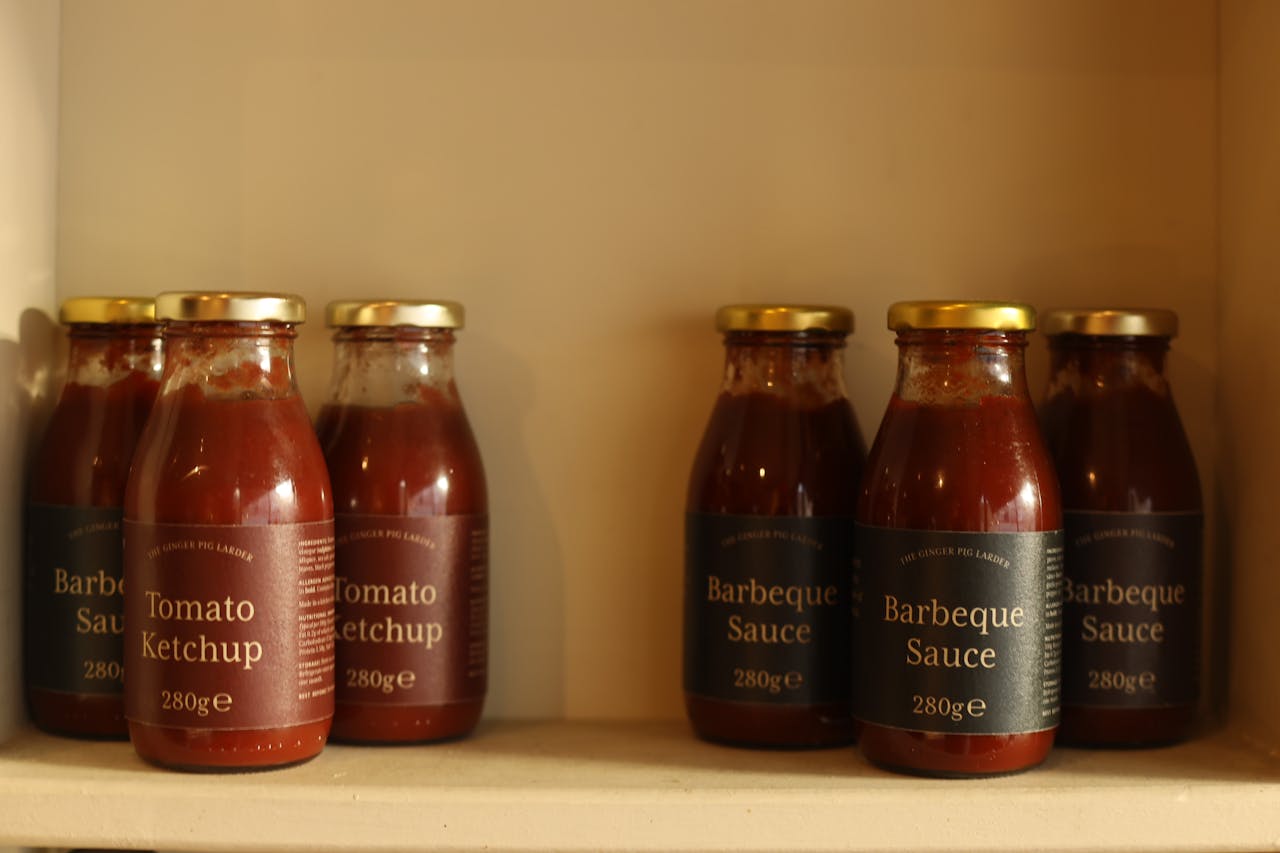
Ketchup, often thought of as an American condiment, actually has Chinese and Southeast Asian origins. The original ketchup was a fermented fish sauce used by the Chinese called ke-tsiap, which was introduced to Europe in the 17th century. The version we know today, made with tomatoes, sugar, vinegar, and spices, was developed in the United States during the 19th century. It wasn’t until the late 1800s that tomato-based ketchup became popular, with Heinz becoming the dominant brand in the early 20th century.
7. Champagne

Champagne, the sparkling wine we associate with celebrations, has an unexpected origin. The sparkling bubbles in wine were initially seen as a flaw by winemakers in the Champagne region of France. During the 17th century, the colder climate in the region caused wine to ferment slowly, resulting in bubbles forming in the bottle. Rather than discard the “defective” wine, some clever winemakers began bottling it deliberately to create the effervescent drink we know today. The invention of the corked bottle sealed its fate as a luxury item.
8. Chocolate Chip Cookies

The chocolate chip cookie, one of America’s favorite desserts, was an accidental creation. In 1938, Ruth Wakefield, the owner of the Toll House Inn in Massachusetts, ran out of baker’s chocolate while making cookies. Instead, she chopped up a Nestlé chocolate bar and added it to the dough. The result was a new kind of cookie that became instantly popular. In exchange for a lifetime supply of chocolate, Wakefield allowed Nestlé to print her recipe on their packaging, which helped the cookie become a household name.
9. Ice Cream Cone

The ice cream cone’s origin story is a bit sweet and sticky. While there are multiple claims to its invention, the most widely accepted story is that of Italo Marchiony, an Italian immigrant in New York, who in 1903 patented a mold for making edible ice cream cones. However, the popularization of the cone was helped by a serendipitous event during the 1904 St. Louis World’s Fair when an ice cream vendor ran out of bowls and started using wafers, turning the cone into the classic dessert container we use today.
10. Post-It Notes
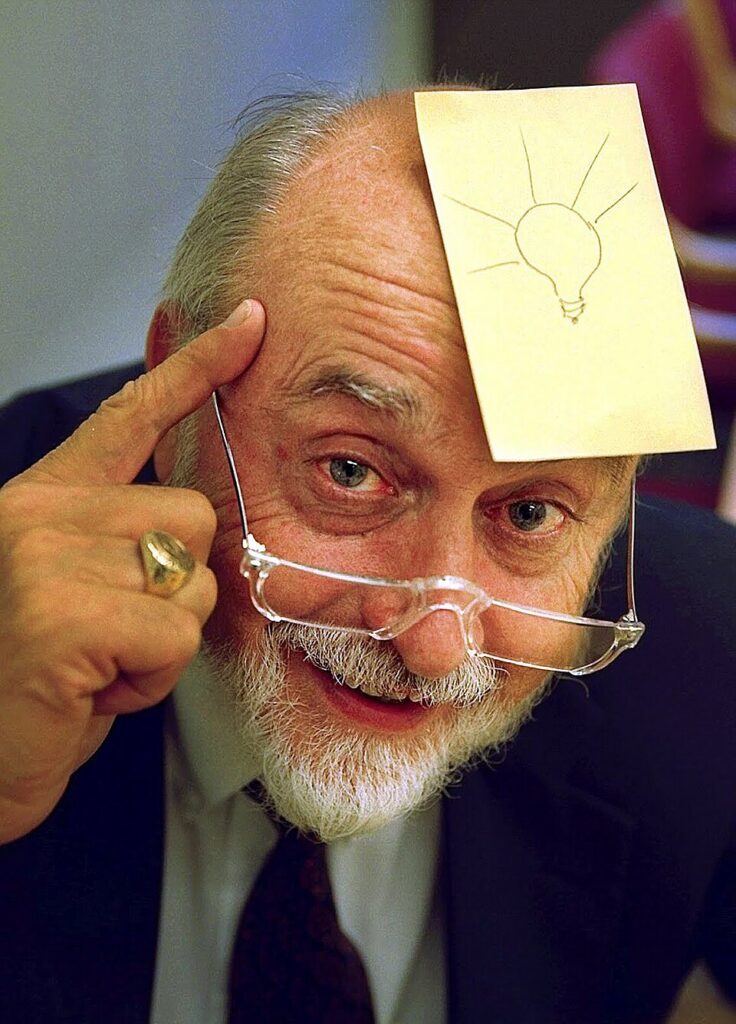
The Post-It Note’s origins can be traced back to an accident. In 1968, Spencer Silver, a 3M scientist, was attempting to create a super-strong adhesive but ended up with a weak, repositionable one instead. At first, the adhesive seemed useless. However, it was eventually discovered by Art Fry, a colleague at 3M, who realized its potential for making bookmarks that would stick to pages without damaging them. In 1980, Post-It Notes were introduced to the market and quickly became a must-have office supply, revolutionizing the way we organize.
11. Microwave Oven
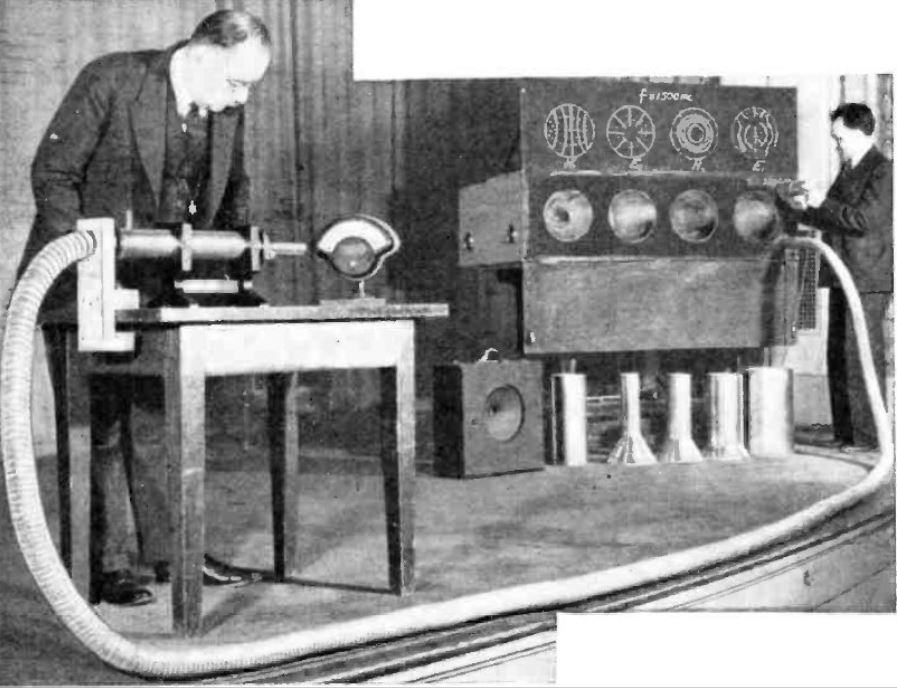
The microwave oven was invented by accident in 1945 when engineer Percy Spencer, working on radar technology, noticed that a candy bar in his pocket melted near a magnetron (a component of radar systems). Intrigued, he placed popcorn kernels near the device and watched them pop. This led to the invention of the first microwave oven, which was patented in 1945. The first microwave ovens were large and expensive, but by the 1970s, they became a common kitchen appliance in American homes.
12. Safety Pin

The safety pin was invented in 1849 by Walter Hunt, an American mechanic. Hunt created the pin to solve a simple problem—how to fasten materials together quickly and safely. The safety pin’s design included a spring mechanism and a clasp to cover the sharp point, making it a more secure and safer alternative to regular pins. Hunt sold the patent to a manufacturer, which led to the mass production of safety pins. Today, the humble safety pin is an essential item in many households, from mending clothes to emergency fixes.


